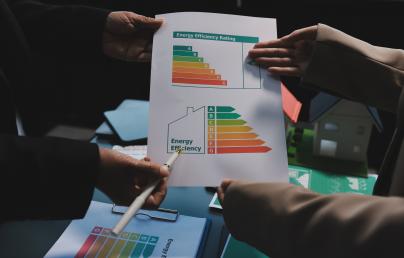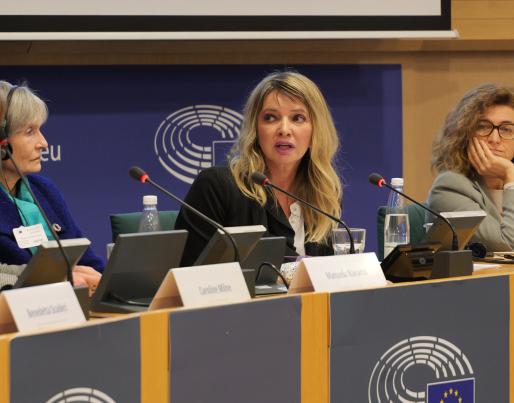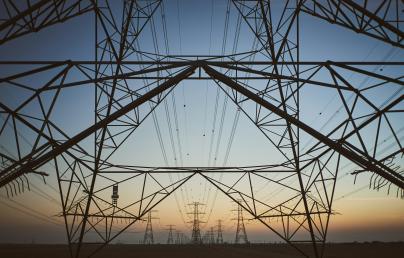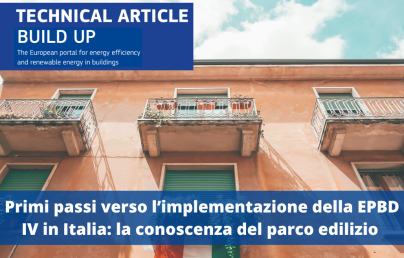
Ensuring the effective transposition of the Energy Performance of Buildings Directive (EPBD) is key to delivering safer and better buildings

Ensuring the effective transposition of the Energy Performance of Buildings Directive (EPBD) is key to delivering safer and better buildings
The European Union’s buildings directive is a once-in-a-generation opportunity to provide people with safe, healthy and energy-efficient buildings.
The recast Energy Performance of Buildings Directive (EPBD), adopted in 2024, is not just another EU directive: it is a potentially transformative framework with the power to drastically reshape Europe’s building stock for the better. With the deadline for national transposition set for 29 May 2026, Member States are now in a critical period for implementing the directive with ambition and foresight. The EPBD is a pillar of the European Green Deal, but its potential goes beyond decarbonisation: it’s an unprecedented chance to make our homes, schools, and hospitals not only energy-efficient but also safe and resilient in the face of seismic risk.
For the first time, seismic safety is explicitly referenced in EU buildings legislation. This is a crucial milestone for countries like Italy, Romania, Greece, Portugal, Bulgaria and Croatia: regions that sit squarely within Europe’s earthquake-prone zones. It is estimated that around 50% of European territory is at risk from seismic activity. In the past 50 years alone, earthquakes have caused over 36,000 deaths and left more than 1.4 million people homeless in Europe. Many of those affected lived in buildings that were not just old, but structurally vulnerable and poorly maintained.
Europe’s building stock is ageing fast. In Croatia, over 80% of public buildings were constructed before 2006, when energy performance standards were first introduced. Shockingly, more than 12,000 public non-residential buildings still in use today were built before the First World War. These figures speak volumes about the scale of the challenge -but also the scale of the opportunity.
When an earthquake struck Zagreb in 2020, the destruction was profound. Around 60,000 buildings were damaged. It was a tragic reminder that many of our buildings, especially critical infrastructure like schools, had been deteriorating for decades. But from that disaster, we were given a chance to rebuild, thanks to support from the EU Solidarity Fund, which provided Croatia with €1 billion to restore essential infrastructure.
This funding opened the door for integrated renovation projects: not just rebuilding damaged structures but making them safer and more energy-efficient at the same time. The benefits were immediate and visible. In schools, hospitals, and cultural heritage sites, quality of life has improved measurably. Energy bills are down, indoor air quality is better, and, most importantly, people are safer.
The inspiring renovation of the Slava Raškaj Education Centre
One of the most inspiring examples I’ve seen is the Slava Raškaj Education Centre. Before the renovation, students had to wear coats in class because the heating was so inadequate. Post-renovation, the atmosphere is transformed. Children sit and play freely on the floor, no longer hindered by discomfort. It’s a simple but powerful illustration of how these renovations can improve lives—not just in terms of energy savings, but in supporting education, health, and social well-being.
These projects make the benefits of the EPBD tangible. While reducing CO₂ emissions can feel abstract, people immediately understand how a warm, safe building impacts their daily life. That human connection is vital to building public support for renovation at scale.
What’s more, the EPBD could unlock unprecedented funding for renovation -if Member States implement it wisely. Financial mechanisms can be designed to support integrated projects that combine energy efficiency with seismic strengthening. This is where a people-first approach becomes essential. Findings from the Horizon 2020 e-SAFE project reinforce this: renovation projects that involve communities from the start deliver the greatest socio-economic benefits. By engaging residents in decision-making and co-design, projects become better tailored to local needs and more likely to succeed in the long run.
With just over a year to go before the EPBD transposition deadline, the responsibility now falls to national governments. Their choices will largely determine whether we unlock the full potential of this directive: not only to reduce emissions and phase out fossil fuels in buildings, but also to protect lives and safeguard our cultural and architectural heritage.
We must not let this opportunity slip through our fingers. The recast EPBD offers the framework, the policy tools, and the momentum. What is needed now is political will and coordinated action to deliver on its promise.
By investing in integrated renovations that combine energy performance with seismic safety, we can create buildings that are resilient, sustainable, and fit for the future. We owe it to the generations to come to make this vision a reality—transforming Europe’s buildings into spaces of safety, sustainability, and dignity for all.

